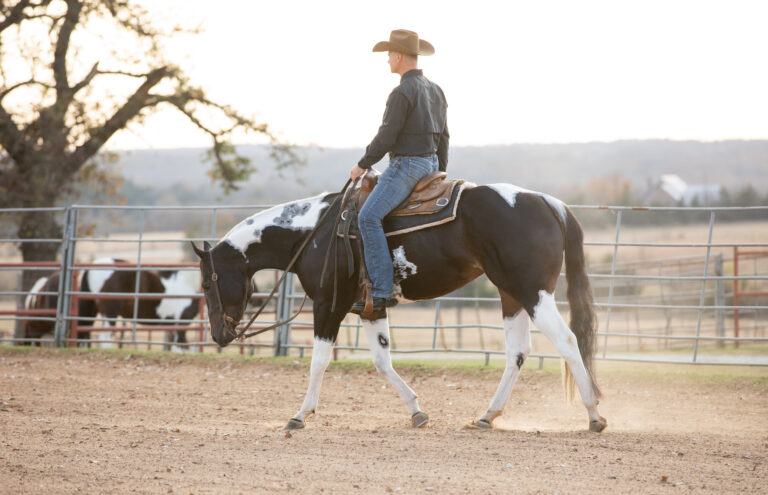 Credit: Photos.com “In conclusion, changes of the cortisol blood level as a physical parameter led to the assumption that hyperflexion of head, neck and poll effects a stress reaction in the horse, and observation of the behaviour illustrates adverse effects on the well-being of horses during hyperflexion.”
Credit: Photos.com “In conclusion, changes of the cortisol blood level as a physical parameter led to the assumption that hyperflexion of head, neck and poll effects a stress reaction in the horse, and observation of the behaviour illustrates adverse effects on the well-being of horses during hyperflexion.”The following article was recently published in the Journal of Animal Physiology and Animal Nutrition from Wiley online press under the title: “Effect of different head–neck positions on physical and psychological stress parameters in the ridden horse.”
Article Summary
“Different head–neck positions (HNPs) are used in equestrian sports and are regarded as desirable for training and competition by riders, judges and trainers. Even though some studies have been indicative of hyperflexion having negative effects on horses, this unnatural position is frequently used. In the present study, the influence of different HNPs on physical and psychological stress parameters in the ridden horse was investigated. Heart rate (HR), heart rate variability (HRV) and blood cortisol levels were measured in 18 horses. Low frequency (LF) and high frequency (HF) are power components in the frequency domain measurement of HRV which show the activity of the sympathetic and parasympathetic nervous system. Values were recorded at rest, while riding with a working HNP and while riding with hyperflexion of the horse’s head, neck and poll. In addition, rideability and behaviour during the different investigation stages were evaluated by the rider and by an observer. Neither the HR nor the HRV showed a significant difference between working HNP (HR = 105 ± 22/min; LF/HF = 3.89 ± 5.68; LF = 37.28 ± 10.77%) and hyperflexion (HR = 110 ± 18; LF/HF = 1.94 ± 2.21; LF = 38.39 ± 13.01%). Blood cortisol levels revealed a significant increase comparing working HNP (158 ± 60 nm) and hyperflexion (176 ± 64 nm, p = 0.01). The evaluation of rider and observer resulted in clear changes of rideability and behavioural changes for the worse in all parameters collected between a working HNP and hyperflexion.
“In conclusion, changes of the cortisol blood level as a physical parameter led to the assumption that hyperflexion of head, neck and poll effects a stress reaction in the horse, and observation of the behaviour illustrates adverse effects on the well-being of horses during hyperflexion.”
Authors
1. A. Zebisch1
2. A. May2
3. S. Reese3
4. H. Gehlen1
1. Department of Veterinary Medicine, Equine Clinic, Free University Berlin, Berlin, Germany
2. Faculty of Veterinary Medicine, Equine Clinic, Ludwig Maximilians University of Munich, Munich, Germany
3. Faculty of Veterinary Medicine, Department of Veterinary Sciences, Ludwig Maximilians University of Munich, Munich, Germany

![[Aggregator] Downloaded image for imported item #18782](https://s3.amazonaws.com/wp-s3-equimanagement.com/wp-content/uploads/2025/11/03125751/EDCC-Unbranded-13-scaled-1-768x512.jpeg)


